
Fractures 101
Course Details
Fractures are incredibly important in the subsurface, yet there is a vast range of topics to discuss regarding their origin, impact, and proper ways to model them. In this class we will focus on the basics while discussing many of these topics so that participants will have an awareness of the more advance topics. We will discuss why fractures occur, the different types, and what they can tell us about the history of the rock. Participants will also have the opportunity to study subsurface fracture data including core and image logs. We will also discuss the inputs for modeling fractures in the subsurface and the implications from the model results. Multiple exercises throughout the course will allow participants to retain the knowledge and concepts gained from the course.
Who Should Attend
Geologists, geophysicists, and reservoir engineers. While much of the course will be introductory, we will also discuss more advanced subjects related to fracturing and encourage those with a basic understanding on fractures to still sign up.
Need more information?
Course Outline
Day 1
I. Introduction to fracture mechanics.
II. Fracture types and variability.
III. Brittleness and ductility.
IV. Mechanical stratigraphy and fracturing.
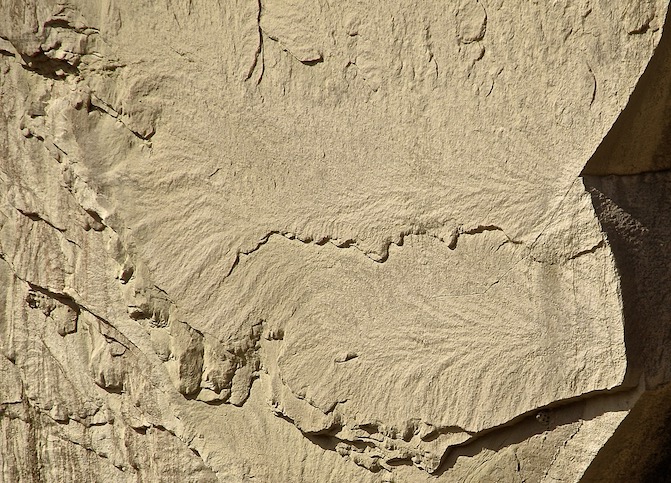
Day 2
I. Fractures in core
II. How to conduct a fracture analysis on core.
III. Insight and implications gained from the fracture analysis.
IV. If available, participants can conduct a fracture analysis on a company core under the guidance of the instructor.
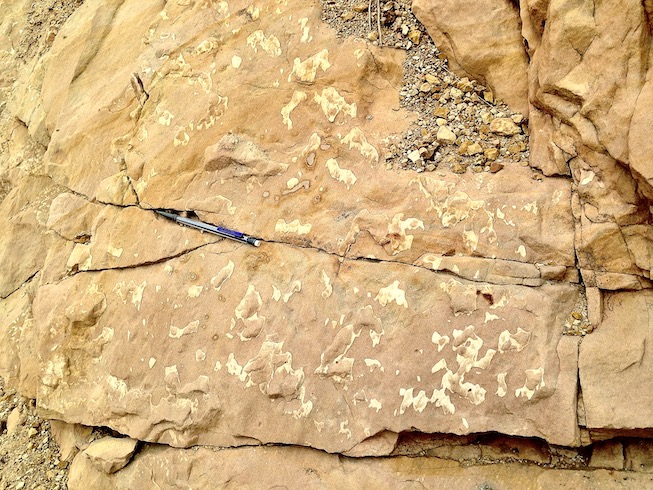
Day 3
I. Image log basics.
II. Identifying natural vs induced fractures in image logs.
III. Image logs for stress orientation and structural regimes.
IV. Calibrating image logs to core and why it is important.
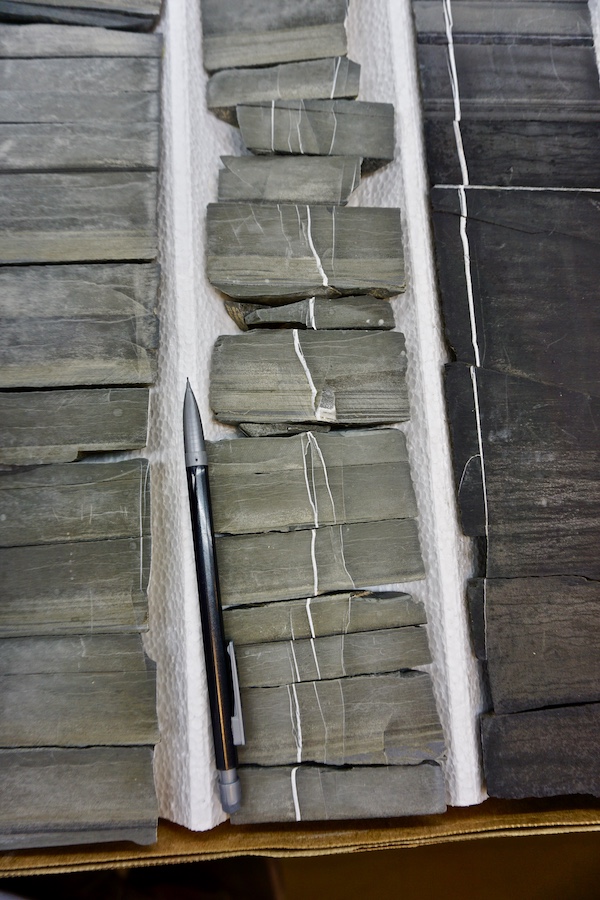
Day 4
I. Fractures in outcrop, differences in surface and subsurface observations.
II. Using outcrop data to better understand fractures in the subsurface.
III. Methods of predicting fracturing related to fault trends and geometries.
IV. Tools for predicting fracture geometries when only part of the puzzle can be seen.
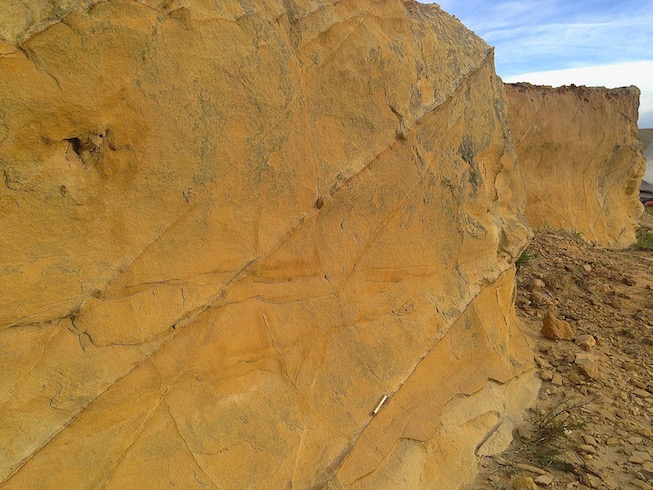
Day 5
I. Fracture models: Numerical modeling and discrete fracture networks (DFN)
II. Data gathering and inputs for fracture models.
III. Implications and uses from the models.
IV. Critically stressed fractures and faults, how to predict them and geohazards associated with them.
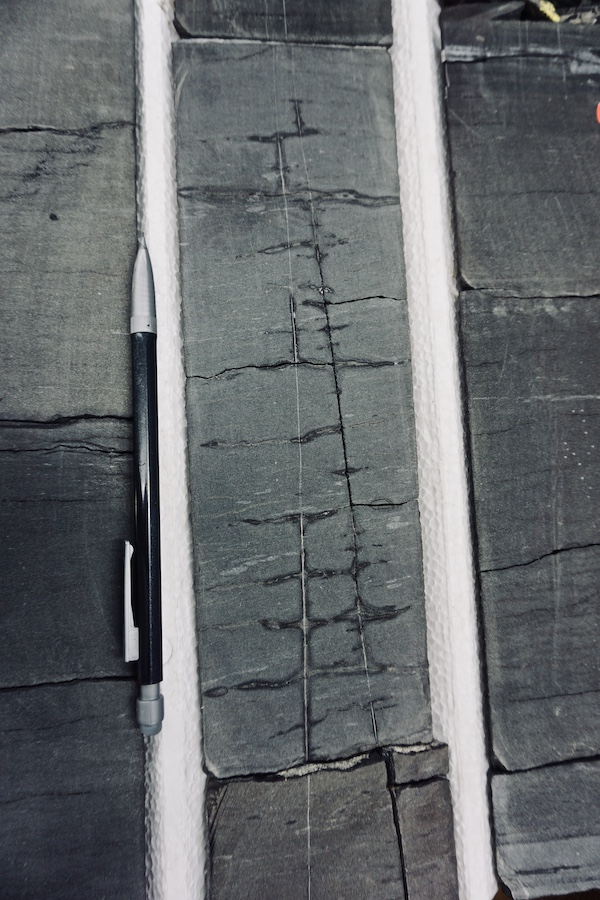
This course is usually offered in-house and can be scheduled at a location of your choice. To arrange the course at your office we need a minimum of 4 participants.


